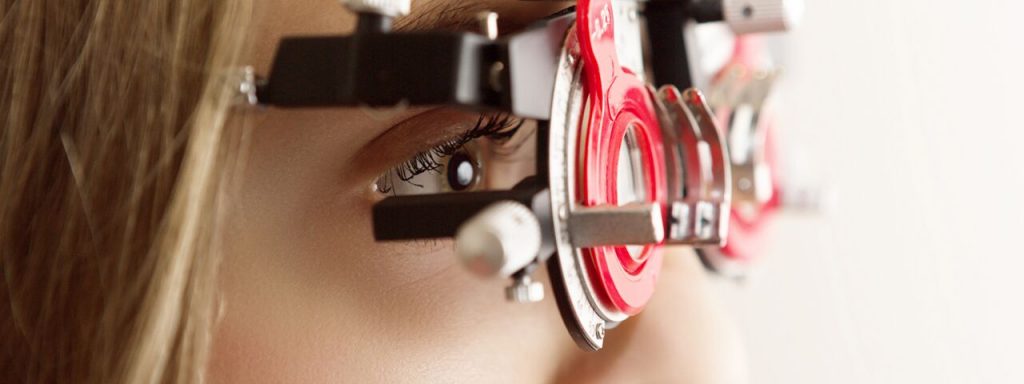Over 50% of children who experience reading difficulties have binocular vision dysfunction (BVD), a treatable eye condition.
If your child has been diagnosed with ADD/ADHD or a learning disability, they may actually have an undiagnosed visual issue.
According to teachers and parents, the number of children identified with learning disabilities (LD) and behavioral issues appears to be increasing. Many of these children have trouble concentrating and have difficulty reading and writing, to the point that they become irritable and agitated.
What is BVD?
While learning disabilities can cause learning challenges in school, some children diagnosed with LDs are actually suffering from binocular vision dysfunction (BVD). Since they were misdiagnosed, they aren’t getting the treatment they need to succeed in school.
BVD is caused when the two eyes are misaligned, making it difficult for the brain to combine the images from each eye into one single, clear 3D image.
BVD symptoms are mistaken for learning disabilities
The symptoms of binocular vision dysfunction are quite similar to those of learning disabilities.
As these two disorders have a lot in common, it is often difficult to tell them apart without taking the required tests for both learning disabilities and functional vision.
A child who has a visual problem may also experience difficulties with reading, writing, focusing in class and can be easily frustrated.
Teachers frequently advise these students to be checked for learning difficulties and ADHD. Teacher’s don’t refer them for a BVD evaluation, due to a lack of awareness.
SEE RELATED: Micro-prisms for BVD
If you or your child experiences any of the symptoms below, contact an eye doctor near you.
Binocular vision dysfunction symptoms
The inability of the eyes to work together as a team due to physical misalignment is known as binocular vision dysfunction (BVD).
When our eyes work in perfect harmony, the brain is able to merge the two images sent by our eyes into a single, recognizable image. When our eyes are even slightly misaligned, each eye delivers a slightly different image to the brain, which the brain struggles to combine into a single clear image. This is known as BVD.
The eye misalignment places persistent strain on the eyes and the ocular muscles that strive to rectify the misalignment become fatigued and strained.
BVD can cause a range of symptoms, including:
- Anxiety
- Blurred vision
- Difficulty reading
- Dizziness and lightheadedness
- Double vision
- Headaches and migraines
- Irritability
- Problems focusing
- Vertigo
BVD treatment
Wearing micro-prismatic lenses is the best approach to treat BVD. These lenses are prescribed by neuro-optometrists to correct the misalignment.
Prism lenses modify incoming light before it reaches your eyes, allowing your brain to combine the images from both eyes into a single image. The prisms in the glasses fool your brain into believing your eyes are properly aligned.
By preventing your eye muscles from trying to compensate for the misalignment, this unified image reduces BVD symptoms.
When patients use their prescribed prism lenses, their symptoms usually fade over time or totally disappear.
LEARN MORE: Guide to BVD
If your child has been diagnosed with a learning disability and you’re wondering if BVD is to blame, contact an eye doctor near you.


